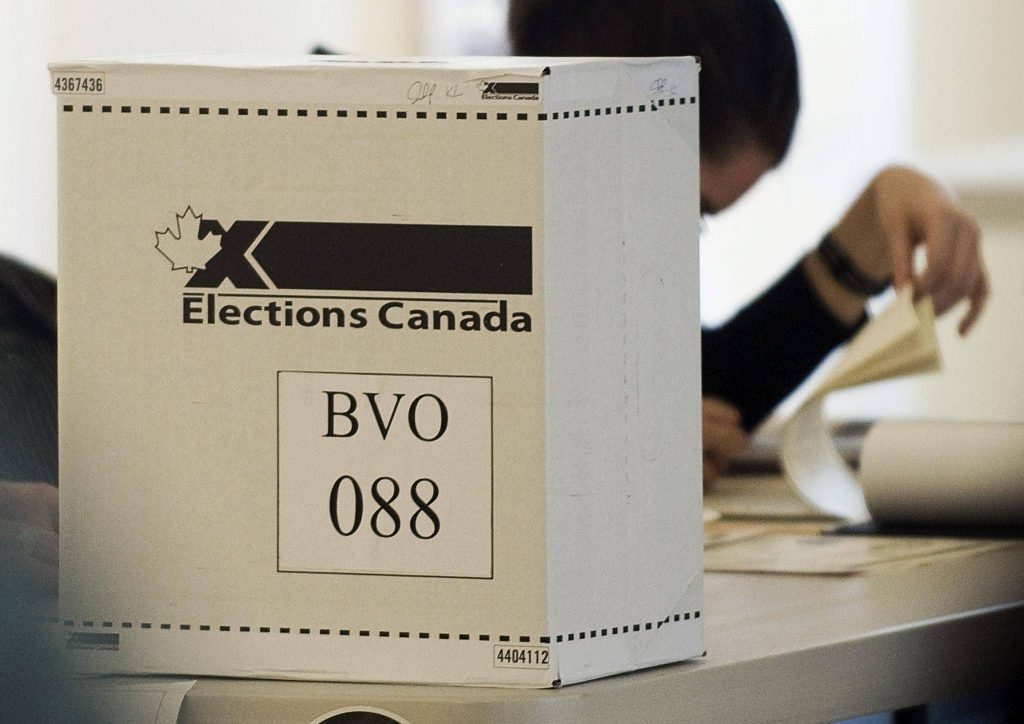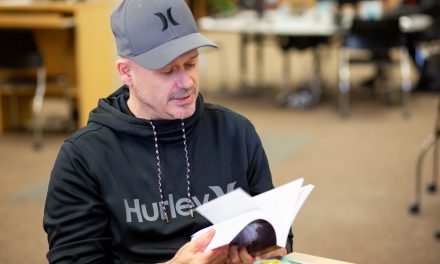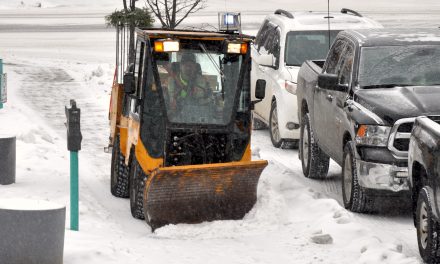By Betty Carpick

On October 21, Canadian citizens will have the opportunity to elect members of the House of Commons to the 43rd Parliament. While efforts to make voting fair, inclusive, accessible, and democratic continue, there is a complicated and grim history of voting in Canada being recognized as a fundamental right. Understanding this may help motivate you to mark a ballot.
Before and after European contact, Indigenous communities—First Nations, Inuit, and Métis—had long-held democratic and inclusive systems of governance created to fit collective needs. Indigenous women often played key governance roles, unlike European women who were excluded from participation in politics. In 1867, with a system modelled on the British House of Commons, the new nation of Canada elected members to the first House of Commons of Canada. Voters had to announce their vote publicly so corruption, violence, and vote-buying abounded. The secret ballot was introduced in 1874 but, some populations—women, Indigenous people, poor people, visible minorities, persons with disabilities—were still excluded from voting. Travel distance was a huge obstacle. Back in the 1870s, weather permitting, voters travelled up to a whole day on foot or horse to one polling station. Today there are 338 electoral districts with 6,500 polling stations.
The Indian Act was passed in 1876 as a tool for assimilation and a way to control Indigenous people. The Act ignored existing forms of traditional governance by imposing a colonial system with elected chiefs and band councils to govern Indigenous communities. Only adult males could vote. To have the right to vote in a federal election, an Indigenous person had to become “enfranchised,” which meant losing their “Indian Status,” treaty rights, and, ultimately, being cut off from their culture and community. In the 1920s and 30s, the government implemented forcible enfranchisement. Only in 1960 were Status Indians granted the right to vote without being enfranchised. Inuit men and women could vote in 1950, but it wasn’t until 1962 that all communities had ballot boxes. By and large, the Métis weren’t covered by treaties or statutes so they couldn’t legally be disenfranchised. Today, Indigenous people continue to fight for traditional forms of governance to be acknowledged and respected. The struggle for Indigenous self-governance is part of the ongoing trajectory of social change.
In 1877, the Toronto Women’s Suffrage Association was the first Canadian organization dedicated to getting voting rights for women. Activism and advocacy expanded to other provinces and by 1900, women were winning the right to vote in municipal elections across Canada. In 1916, Manitoba became the first province to enfranchise women for provincial elections. Women first voted in a federal election in 1917. In 1920, the Dominion Elections Act ensured no one could be denied the right to vote federally due to their gender. Women in Quebec won the right to vote provincially in 1944. In 1951, the Northwest Territories became the last territory to grant women the vote.
After 1920, visible minorities continued to be banned from voting. Indo Canadians, Chinese Canadians, and Japanese Canadians couldn’t vote until 1949. Mennonites and Doukhobors were prevented from voting in federal elections from 1917 to 1920 because they refused military service in the First World War for religious reasons.
Even though the Charter of Rights and Freedoms of 1982 protected everyone’s right to vote, three groups of people had to fight for their voting rights in court. In 1988, the vote was given to Canadians with intellectual disabilities and judges (disqualified since 1874 to maintain impartiality). In 2002, the Supreme Court of Canada ruled that all prison inmates had the right to vote.
Barriers prevent many people from casting a ballot. For persons with disabilities and individuals with mobility issues, polling stations could be difficult or impossible to access. In the 1980s and 1990s, legislation was passed requiring polling stations to be wheelchair accessible. Elections Canada began using mobile polling stations and special accessibility aids were developed. Also, the government expanded the use of a mail-in ballot, so that Canadian citizens could vote from anywhere in the world.
One of the privileges of Canadian citizenship is the right to vote. A vote is one small way of standing up for people, for the planet, for the future. In the 1870s, elections were decided by a very small segment of the population. Today, it’s easier to find information and easier to vote. The rest is up to you.














